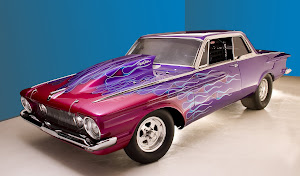One of my favorite things to do with photography is to make pieces of art. You know, images that I wouldn't mind looking at on a regular basis and hopefully images that others would want to look at on a regular basis who would be willing to but them from me. That hasn't happened yet, lol.
One technique that I like to use is blur or blurring the image. Basically, it's intentionally moving the camera to blur your image. Now it sounds really simple but it is quite a bit harder to do than one would realize. One of the things that you have to be sure to do is to pick the proper subject matter. Bright scenes with a lot of color tend to work well. Once you have found the scene you want to use, the next step is to photograph the scene normal, so you can have a reference point later.
Once you have your scene picked set your camera to a normal setting then begin shooting the scene while moving your camera in small circles or up and down, left or right or whatever way you feel gives you the best result. Since you are using a digital camera it doesn't matter how many attempts you make. If you aren't getting the result you want try setting your camera to Shutter Priority and using different shutter speeds until you find the setting that gives you the result you are trying to achieve.
As I said earlier, this sounds very simple but it can be very challenging, so don't give up if you don't get a good result quickly. It may take you a few attempts and some patience to get a good image.
Below is a sample of one of my favorite "Blur as Art" images that I have created.





